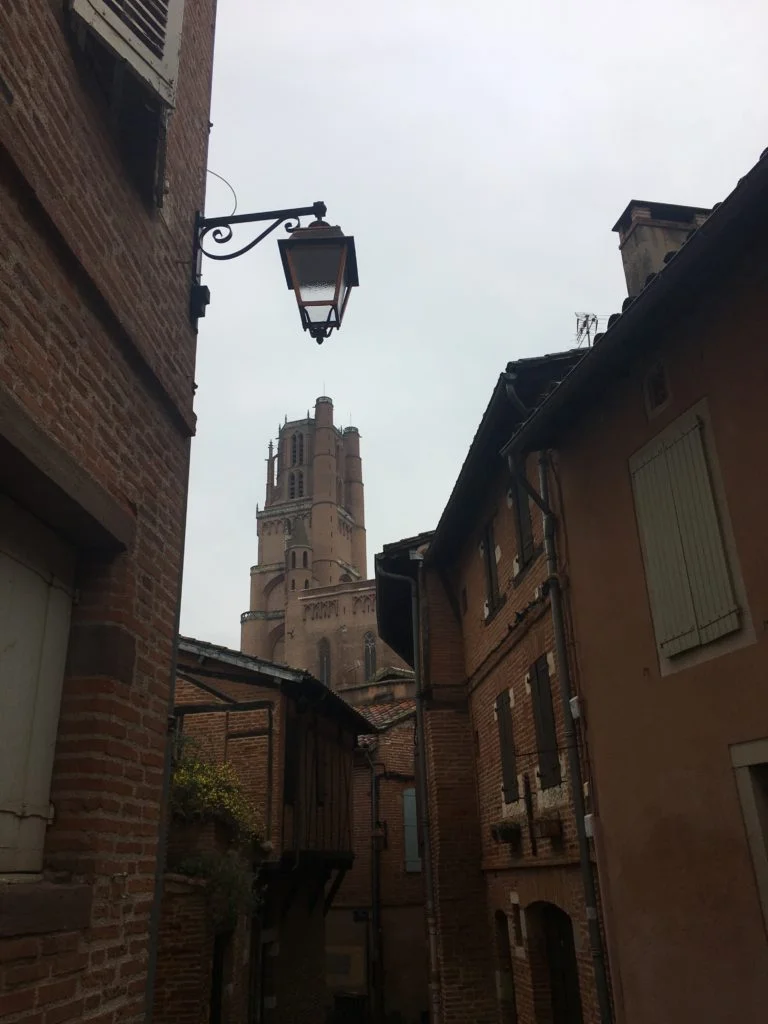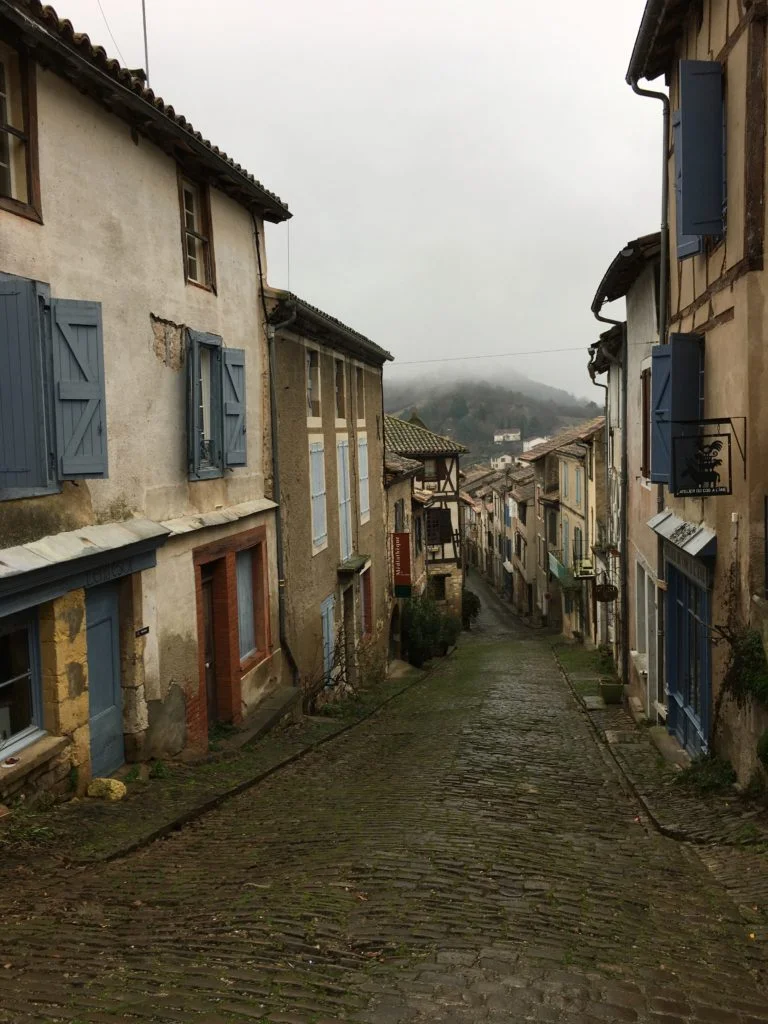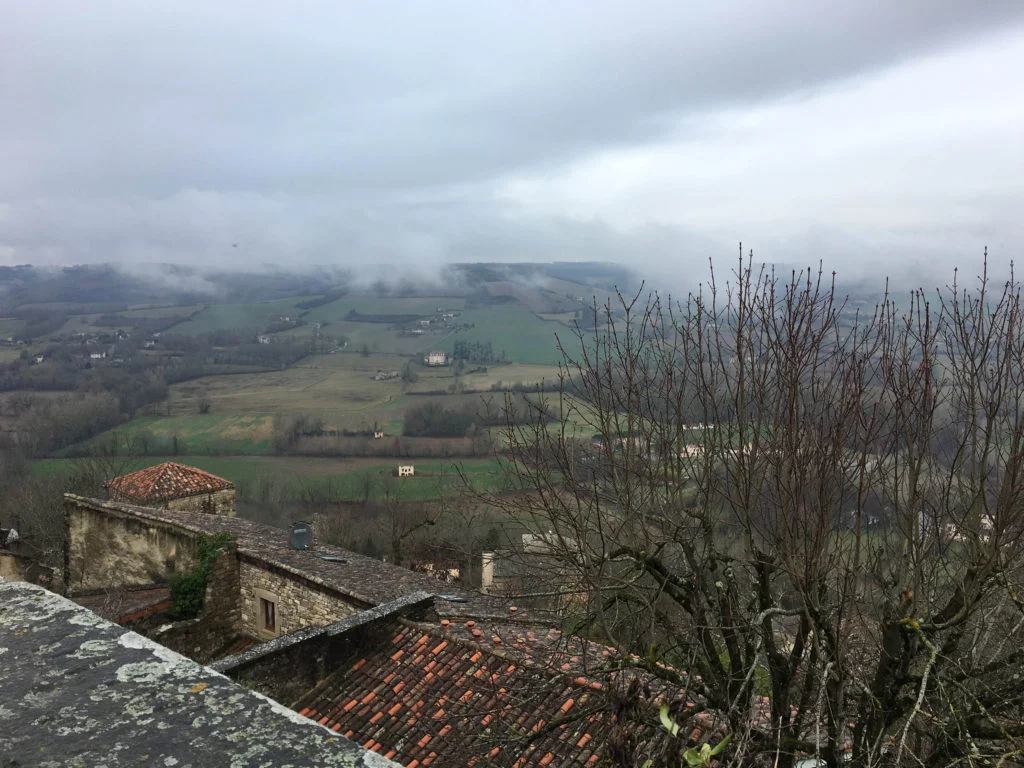An Ode to France
When I arrived in Bordeaux, we spent almost an hour of orientation discussing the merits of spending our semester in France rather than carousing around Europe in a reenactment of the EuroTrip, as American students are wont to do. For once, I didn’t roll my eyes at a semi-competent adult’s suggestion and signed-up for a group trip to the Occitanie region of France.
Full disclosure, I have been to France several times and visited every major city in the country except Marseilles (that is, Paris, Nice, Bordeaux, Toulouse, and Lyon). What I hadn’t seen until this weekend were the small towns and villages beyond the metropolitan areas, surrounded by endless fields, cows, and—of course—vineyards.
After spending a day in Toulouse touring a never-ending assembly of beautiful churches, we boarded a coach bus, which, like all things European, was more comfortable than any American coach bus, and headed for the town of Albi to take a look at yet another church.
Albi grew around the Sainte-Cécile Cathedral, which on the outside resembles a military fort more than it does a church. The cathedral is a UNESCO World Heritage Site and the largest brick cathedral in the world (who knew such a distinction even existed?). It was, in fact, originally constructed as a fortress during a 13th century papal crusade against Catharism—a Christian sect denounced by the Church as heretical—in southern France. It does not at all resemble the typical Gothic churches found across northern Europe (think Notre Dame in Paris). If the building was designed to awe Catholics into submission and prevent them from adopting heretical beliefs, I am surprised a crusade was needed at all.
Although the surrounding town is small, Albi is definitely worth a visit for a glimpse at the imposing red cathedral alone. Fun fact about the bricks used to construct the cathedral and the town: if you visit the neighborhood where the clergy resided in the Middle Ages, you can find lots of 13th-century fingerprints in the brick walls. Talk about witnessing history firsthand…
Braving the rain, we then proceeded to Cordes-sur-Ciel, a fortified town built on a large hill; its name literally translates to “Cordes-on-the-sky.” Thanks to the mist that rises above the surrounding valley, standing at the highest point in the settlement and overlooking the fields below, you feel like you’re floating in the clouds. However, to experience the breathtaking beauty of it all, you do have to walk a couple of miles uphill on extremely uneven—and in our case highly slippery—stone pavement. Somehow, the French residents manage to drive their tiny cars up and down the narrow slopes at alarming speeds. Because we visited during the rainy off-season, the town was virtually deserted, allowing for lovely photos and leading to a prolonged struggle to find an open bathroom. Bonus points: Albert Camus (AKA my favorite writer all of time) once visited Cordes-sur-Ciel, prompting a boom in postcards bearing his quote about the town.
This trip essentially confirmed my long-held suspicion that the French countryside and its tiny medieval villages are beautiful and—more importantly—cheaper to visit than Copenhagen, Geneva, or Berlin. I hope that it will mark the first of many visits to hidden gems across France as I attempt to get to know the country in which I have chosen to study. I think choosing this instead of chasing the top five landmarks and “I was here” selfies in European capitals was the right choice. Though this certainly does not apply to my carb-binging dream of an Italy trip...





